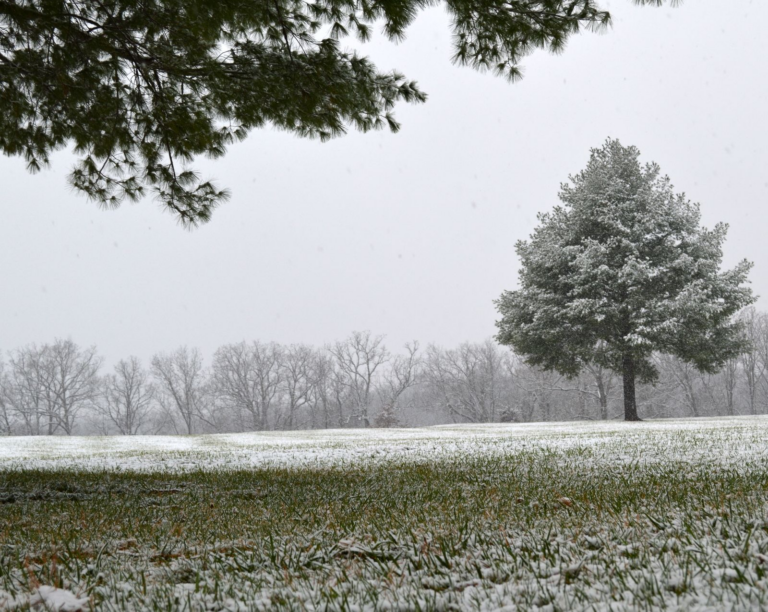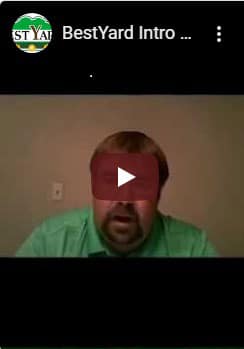
It’s still winter-spring officially begins March 20—and heavy snowfall predicted this weekend is a reminder that despite the change in season, March is historically Colorado’s snowiest month.
Deep snowfalls—especially spring snow that tends to be heavier and wetter than powdery winter snow—can break tree limbs, smother and crush ornamental grasses and splay upright evergreens.
Here are a few things to keep in mind as we head into this snowy weekend.
Before the storm:
- Got early bulbs sprouting? Protect them from breakage and damage from heavy snow loa ad. Early bulbs such as crocuses are more likely to weather the cold temps, but if the stems are greater than 2-3” tall, they could break under the snow, preventing those beautiful blooms.
- Household items such as one-gallon or larger plant containers, empty buckets or even a sturdy bowl can be placed over plants to protect them from being crushed by heavy snow. Once in place, the containers work to your advantage by collecting snow that acts as an insulator for the plants.
During the storm:
- Keep an eye on snow accumulating on trees – on both deciduous and evergreens. If branches are sagging under the weight, use something long such as a broom handle to gently shake the snow off the branches as high as you can reach. Start at the lowest part of the tree rather than at the top. If you start dusting snow off the top, it will add even more weight onto the lower branches. Starting at the bottom of the tree helps to keep those lowest branches from being overloaded to the breaking point.
- If you have trees that are already leaning – or branches that are at a sharp “V” with one already growing more to the side than upright—avoid standing or putting the property under them. These may be signs of a tree that could fall over or a branch that could break under heavy snow. Cottonwood trees, for example, are often susceptible to breakage.
- Branches of columnar, upright evergreens can spread apart under heavy snow. Shaking the snow off these evergreens can help minimize the damage.
After the storm:
- Inspect trees for broken branches or “hangers.” These are broken branches that seem to be hanging on by a thread. Line up an expert to cut the branches properly to avoid insect or disease problems in these wounds later on.
- For upright evergreens that have splayed, check at a garden center for material that can be wrapped around the branches to restore their upright shape.
- If ornamental grasses have been crushed, they won’t bounce back. Plan a time when the weather is warm to cut grasses back. This needs to be done in the springtime anyway before new shoots emerge. If your grasses survived until now, congratulations!
Be safe. Got toppled plants with downed wires? Assume that any wire is energized and do not touch it. Contact local utilities to check it out before approaching it. If it is posing an immediate hazard, contact emergency services.
Click “DO IT FOR ME” to request a FREE quote.

Source: customer-service@bestyard.com in collaboration with Associated Landscape Contractors of Colorado




















